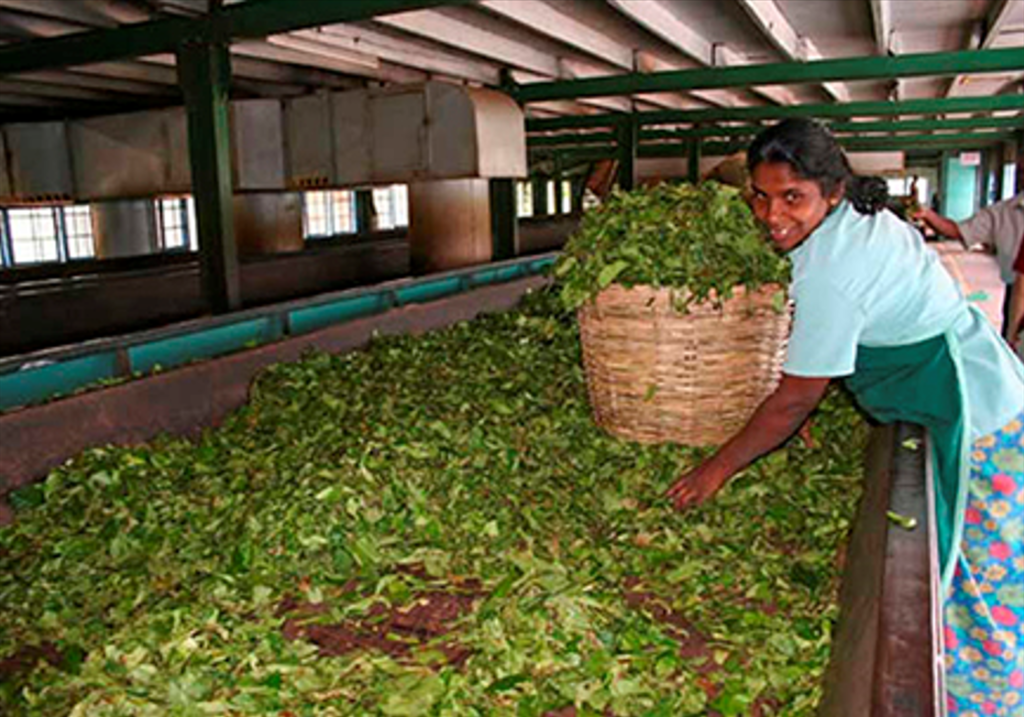
The promotional funds for the tea industry comes from the CESS that is collected from the tea exporters. A significant part of this was spent in the last 2 years on sponsoring the Sri Lanka Cricket Team and now the decision to launch a global advertising campaign. Both these strategic decisions needs objective challenging and evaluation against strategic alternatives.
If you are Sri Lanka Tourism, do promote the country – because the customer first decides on the country and then the hotel. If you are Intel, do promote the ‘functional ingredient’ because that influences the PC you buy, besides Intel has very deep pockets. But, not if you are ‘Ceylon Tea’ because:
1. The Customer first decides on the brand, in some cases the Retailer, not what’s inside the pack of tea. Against this backdrop, the proposed promotional campaign is the telling Customer (be it London, Moscow or Tehran) to walk into a Supermarket and insist on a brand that will have ‘Ceylon Tea Inside’ and then expect the supermarket to insist on their suppliers (who happen to be top global and regional brands) to shift to Pure Ceylon Tea. Possible but at what cost and over what time period?
2. And to do the above, with such meagre promotional budgets that Sri Lanka has at its disposal and that too spreading it across 5 continents!
3. Ceylon Tea has no differentiating functional benefit that it can claim, only a reputation based one
4. The words ‘Ceylon’ went off the map 43 years ago, therefore what relevance would it have to those in their 20s and 30s today? In any case, think of the communicating effort (and funds) that would be needed to create the link between Ceylon Tea and Sri Lanka?
Instead, why not pick (through a transparent and objective process) one or two Sri Lankan brands with global growth potential and ‘invest’ these funds to strengthen these brands globally? Imagine another ‘Akbar’ or ‘Dilmah’? (picking just two diversely successful examples). Of course, INSIST that these brands capitalize on ‘Ceylon Tea Inside’ . The question that needs to be asked is “Which strategy will give us faster and better returns i.e. investing in Ceylon Tea or investing in Sri Lankan tea brands? According to industry sources, the beginning of Dilmah (in the 80s) in Australia had to do with a Tea Board initiative to financially and technically support the brand launch in Australia. Of course, the company made best use of this opportunity, used ‘Ceylon Tea’ as a key part of its value proposition and brand communications. The brand’s market share and brand strength today is testimony to this. But imagine if that decision at that time (early 80s) was to spend this money instead on a generic ‘Ceylon Tea’ promotion?. The message is loud and clear, “let our brands demonstrate the greatness of Ceylon Tea, not the Tea Board!” After all, the monies being spent is that of the Exporters!
A more ambitious approach would be to set-up a multi-billion dollar investment fund that will go out and acquire emerging global tea brands, including those in the fast growing Ready-to-Drink and Retailing segments, much like what Tata has done.
Of course the unique challenge that Sri Lanka encounters, unlike in the case of a multi-national company, is that it must produce 330 million + kilos of tea – because the livelihood of 400,000 people depends on this. But, competing globally needs scale and the challenge for Sri Lanka is to be both small and big at the same time, much like what the New Zealand Dairy industry.
Strategizing needs to an objective and dispassionate process, asking the ruthlessly hard questions, not being emotional about it. For instance, why and what did we benefit from sponsoring the Sri Lanka Cricket team, considering that:
1. The exposure of the brand to the Sri Lankan audience (being the most active TV audience) does not help the Sri Lankan Tea Exporters
2. The largest cricket audience is in the Indian Sub-Continent and in the key markets of India, Pakistan and Bangladesh, there are major, almost unsurmountable, tariff and non-tariff barriers. Advertising and Promotional campaigns will not help!
Strategizing requires asking very simple questions, but our bloated egos and ‘lust’ for complexity is what clouds effective decision making!. This is no longer a ‘Storm in a tea cup’, the tea industry is experiencing a slow-release tsunami! How many more alarm bells needs to ring?
(MTI Consulting is an internationally networked boutique strategy consultancy, having worked on tea industry and tea company assignments in Sri Lanka)
Since the inception in 1997, MTI has worked on over 520 assignments in over 43 countries, covering a diverse range of industries, clients and business challenges.
